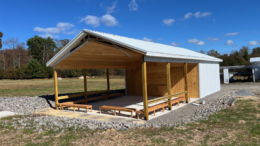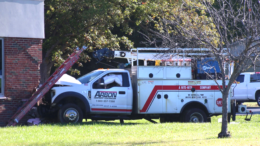Conserving energy is not just an eco-friendly endeavor, but a potentially lucrative one as well. Homeowners and apartment dwellers alike who attempt to conserve energy may do so to promote the long-term health of the planet, but such efforts also greatly reduce energy bills.
Thanks to air conditioning systems, energy bills might spike in summer. But winter utility bills also can be costly, especially in homes that have not been winterized or audited to ensure energy is not being wasted. Winterizing a home involves taking steps to conserve resources and save a little money along the way.
Windows
A home’s windows can be a great place to start when winterizing a home. If the residents of a home feel cold when sitting near certain windows even though the windows are closed, the windows likely have drafts. Feel around the edges of the window and frame to determine if any cold air is coming in. If so, seal the leaks immediately. Unsealed leaks can make air inside homes cold, prompting many to turn up the temperatures on their thermostats, which can lead to the unnecessary consumption of energy and contribute to high energy bills.
Air conditioners
Homeowners who cool their homes with window air conditioning units may benefit by removing these units from windows before the arrival of winter. Window units left in windows may be allowing cold air into a home, leading to more energy consumption and higher energy bills. If removing the units is too difficult or impossible, purchase window unit covers that can be wrapped around the outside of the unit to prevent cold air from entering the home.
Water heater
According to the U.S. Department of Energy, heating water accounts for roughly 18 percent of the energy consumed in a typical home. The DOE recommends setting water heater temperatures to 120 F. Doing so will save energy and money while still providing plenty of warm water when residents need to bathe.
Fireplace
Homeowners who have fireplaces in their homes should make sure dampers are closed whenever fires are not burning. Open dampers are akin to open windows, allowing plenty of cold air to enter a home. The DOE recommends opening dampers in the bottom of the firebox when using the fireplace. Doing so can reduce heat loss and allow homeowners to lower their thermostats while the fireplace is being used.
Homeowners who take steps to conserve energy in winter can save money while protecting the planet.
– Metro Creative Graphics Inc.









































